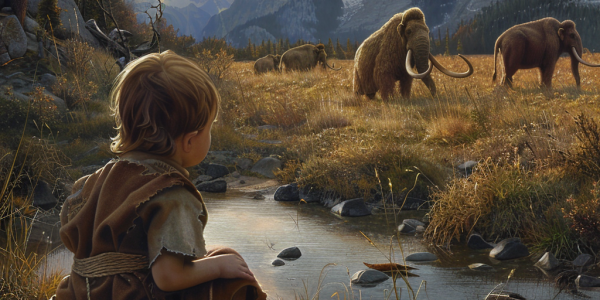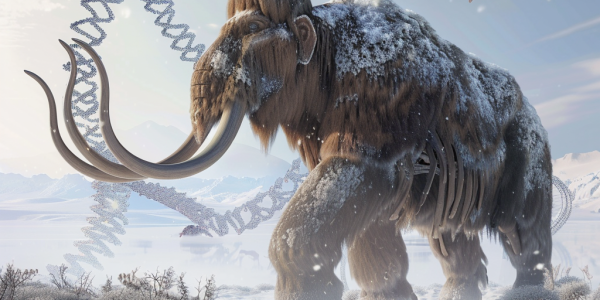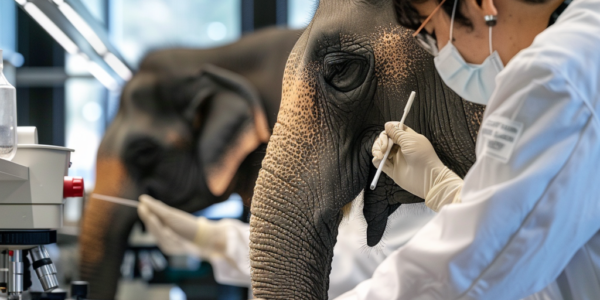Ancient Toddler’s Diet Reveals Mammoths as Key Food Source for First Americans
Recent research reveals that nearly 50% of the diet of a 12,800-year-old toddler from Montana consisted of mammoth meat, highlighting the subsistence strategies of early Americans. This groundbreaking study sheds light on the hunting practices and ecological dynamics of the first inhabitants of North America, emphasizing their reliance on large game during the late Pleistocene epoch.
Scientists Successfully Replicate 52,000-Year-Old Woolly Mammoth DNA
Scientists from Texas have made a groundbreaking discovery by successfully replicating DNA from a 52,000-year-old woolly mammoth specimen. This achievement, published in the journal Cell, provides unparalleled insights into prehistoric life and the genetic connection between woolly mammoths and modern elephants. The research reveals the extensive length of fossil chromosomes, allowing for detailed analysis of gene activity, including traits like hair growth. This breakthrough not only enhances our understanding of extinct species but also raises questions about de-extinction and conservation strategies for endangered species today.
New Evidence Supports Younger Dryas Impact Hypothesis
Discover the controversial Younger Dryas impact hypothesis and how it may have led to the extinction of wooly mammoths. Archaeologist Christopher Moore and his colleagues believe they have found evidence of a cometary impact around 12,800 years ago, based on minerals with unique properties found in sediment layers across the globe.
Scientists Make Breakthrough in Creating Stem Cells for Woolly Mammoth Resurrection Project
Colossal Biosciences has achieved a major milestone in the effort to resurrect extinct species by creating induced pluripotent stem cells for the Asian elephant, the closest living relative of the woolly mammoth. This breakthrough paves the way for advanced cloning and genetic engineering techniques to bring back extinct species. While the project has raised ethical concerns, it represents a significant step towards the ambitious goal of reintroducing mammoths and other extinct animals to the wild.




